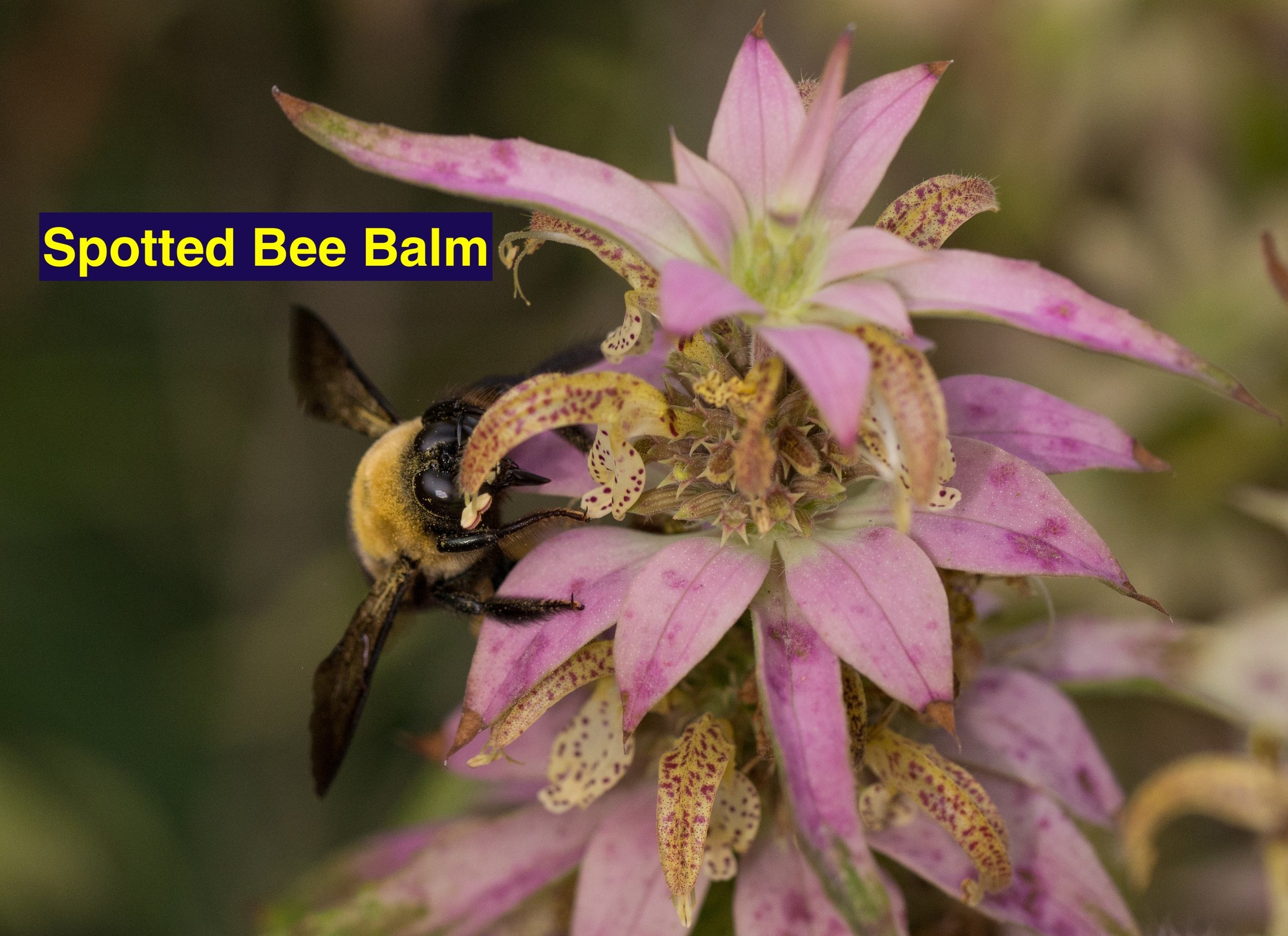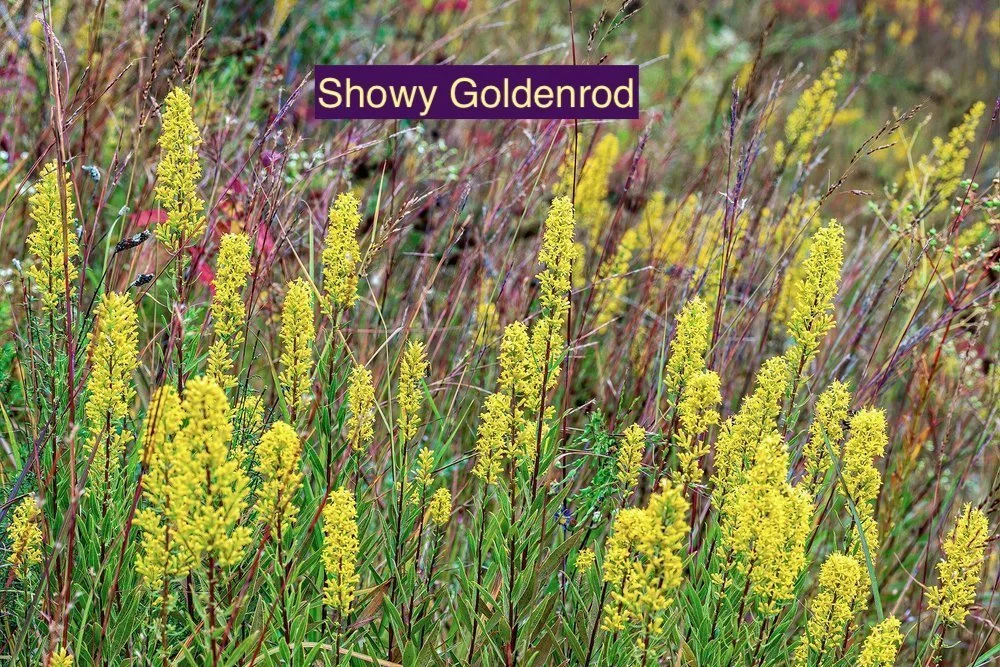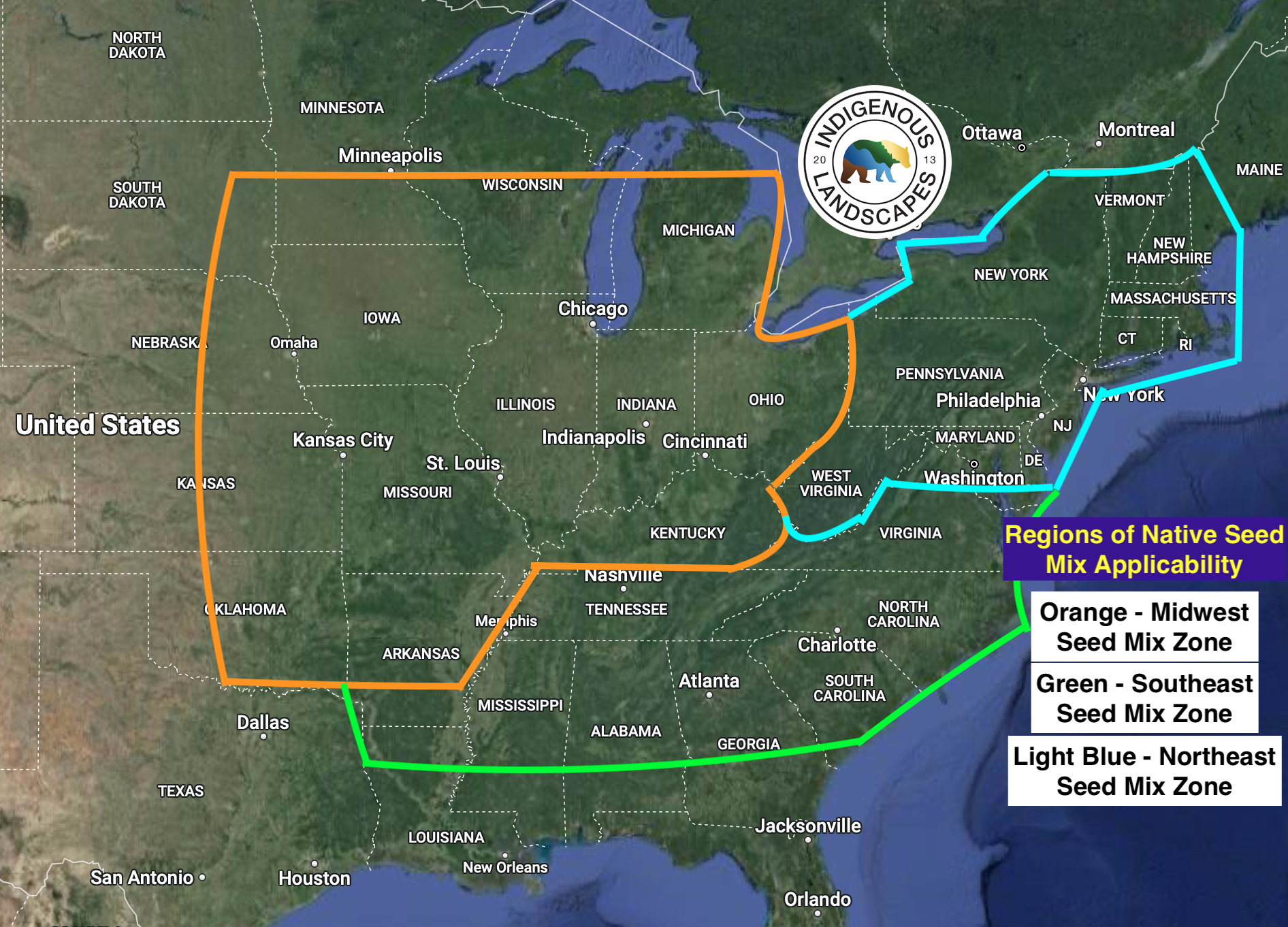Purple Coneflower + Wild Bergamot & Friends Native Seed Mix
Purple Coneflower + Wild Bergamot & Friends Native Seed Mix
Our Purple Coneflower + Wild Bergamot & Friends Native Seed mix allows the opportunity to establish a micro-meadow or landscape bed sized mix with an abundance of Purple Coneflower + Wild Bergamot and companion plants that will co-exist well with them long term. This mix stays below 4 feet in height and is best planted in areas that receive at least 4 hours of direct sunlight per day or more. This group of species is adapted to moderate moisture soils, high moisture soils, and soggy or seasonally wet soils. This mix can also adapt lower moisture soils if supplementally watered during the dry parts of the summer, once a week with 1.5 inches of water. It is applicable to silty, loamy, clayey, or sandy soil types. These species mature fairly quick, and will put on a great display of flowers just in their second year and beyond. In the first year, you will see some Black Eye Susan blooms as well. The 1,000 square foot portion can be split down into landscape bed sized portions or kept as a micro-meadow of 1,000 square feet. The 2,000 square foot portion gives a bulk discount, and allows for a double sized micro-meadow. The 5,000 square foot portion gives an even larger bulk discount. With using 17 species for this seed mix, these micro-meadows and/or landscape beds will appear more uniform and random than our high diversity mixes making them more ideal for residential settings where neighborly aesthetics are being considered.
This mix will attract Hummingbirds, and many native bee species throughout the season as well as host many other native moths and butterflies.
This mix is 100% native to the Midwest and most of the Southeast part of our Map.
Northeast Considerations: Purple Coneflower isn’t native to the Northeast portion of our Map. Foxglove Beardtongue isn’t native to much of the Northeast Portion of the Map. Rattlesnake Master is native to parts of the lower northeast. The seed mix is about 85% native to the Northeast.
Great Plains Considerations: Purple Coneflower has variable native status in this region. The seed mix is about 85% native to the Great Plains.
The Seed Mix Map is the last picture in this sequence.
Species: Purple Coneflower - Echinecea Purpurea, Foxglove Beardtongue - Penstemon digitalis, Slender Mountain Mint - Pycnanthemum tenuifolium, Orange Coneflower - Rudbeckia fulgida, Dwarf Goldenrod - Solidago nemoralis, Showy Goldenrod - Solidago speciosa, Marsh Blazing Star Liatris spicata, Great Blue Lobelia - Lobelia siphilitica, Golden Alexanders - Zizia aurea, Native Yarrow Achillea millefolium, Downy Wood Mint - Blephilia cillata, New England Aster - Aster novae-angliae - Rattlesnake Master - Eryngium yuccifolium, Ohio Spiderwort Tradescantia ohiensis, Wild Bergamot - Monarda Fistulosa, Black Eyed Susan - Rudbeckia hirta, Early Sunflower Heliopsis helianthoides, Spotted Bee Balm - Monarda punctata
Cost Effectiveness
Native Prairie/Meadow Seedings cost about 2 to 13 cents per square foot where as using potted native plants to cover the same area costs $2.00 to $10.00 per square foot depending on how densely the potted plants are installed and mulch use. For example; a 1,000 Square foot pollinator garden would require at least 750 potted native wildflowers/grasses to cover the plot effectively. Potted Plants can cost $2 to $10 per plant, and at a cost of $5.00 per plant, 750 wildflowers/grasses would cost $3,750 + installation costs and mulching costs. If that 1,000 square feet were instead seeded with one of our mixes it would cost $125 - $150, and you could do the installation yourself simply: using our instruction manual. The cost effectiveness ratio increases even higher the larger of plot you are seeding vs. planting with plugs or potted plants - for 1/8th acre or larger the cost per square foot is only 2 to 3 cents where as the smaller 1,000 and 2,000 square foot portions are around 12 to 13 cents per square foot compared to the $3.75 per square foot cost of potted plants. Maintenance is easier and weed invasion resistance is much better with seeding projects vs. potted plant landscapes due to the density of native seedings repelling and blocking out weed competition as the plot matures.
1,000 square feet - $130
2,000 square feet - $165
5,000 square feet - $240




















